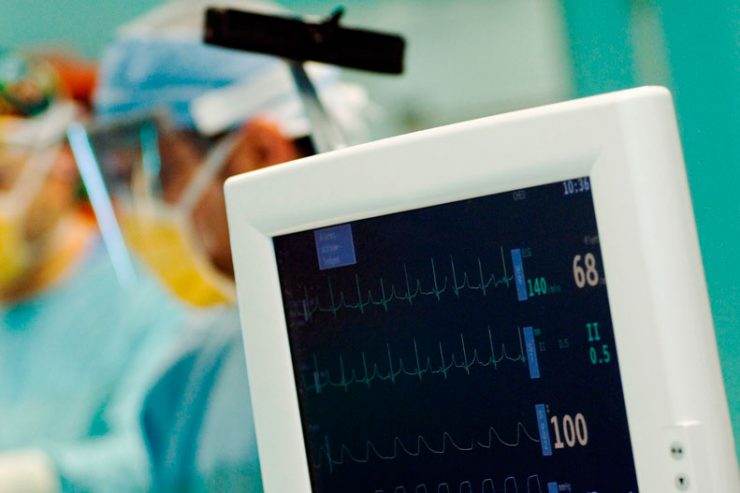Robotic surgery is quickly becoming a common option for many types of surgery from hysterectomies and prostatectomies to heart surgery. A robot-assisted procedure uses tiny surgical instruments inserted through small incisions to perform precise movements. A surgeon controls these movements from a console. The technology gives people more treatment options for complex problems like surgery for head and neck cancer.
History of Robotic-assisted Surgery
Although this option has gained momentum in just the past decade, the idea has been around since the 1980s. Back then, minimally invasive laparoscopic surgery was becoming popular.
Where once patients had to have one large incision to give the physician full access to the area being operated on, laparoscopic surgery uses small cuts to perform the same procedure. This leads to less scarring and fewer complications.
As robotic technology developed, medical professionals and researchers started to wonder how to combine robotics with laparoscopy. Early research involved trying to perform tele-surgery on wounded soldiers on the battlefield.
Performing surgery remotely still hasn’t happened, but in 2000, Intuitive Surgical received approval from the Food and Drug Administration (FDA) for its da Vinci® Surgical System. This is the only FDA-approved tool for performing robot-assisted laparoscopic surgery.
What Made the da Vinci System Unique?
Before the da Vinci, other robotic surgery used endoscopic cameras and a wide range of instruments. The system consolidated the instruments and used a high-definition 3D camera.
The physician sits near the patient and manipulates the instruments from a console. The surgeon is always in control of every movement the robot makes. Another key feature of the da Vinci system is the “endo wrist.” This replicates the movement of a surgeon’s hand, but with greater range of motion, increasing the accuracy of movements.
The system was first approved for use in general surgeries that were already being performed laparoscopically. Since then, its use has expanded to many types of surgery, including urology, gynecology, general surgery, thoracic surgery, and heart surgery.
Expansions to Robotic Surgery
More recently, a new type of robotic device was developed and approved by the FDA for use in the U.S. for transoral head and neck surgery. This new technology is called the Flex® Robotic System, and was developed jointly by the University of Pittsburgh and Carnegie Mellon University. UPMC is the first hospital system in the U.S. to use the Flex robot, which offers the head and neck surgeon exceptional visibility and range of motion.
UPMC is among the most experienced centers for robotic surgery in the U. S. Over the past five years, UPMC surgeons have performed more than 9,700 robotic surgical procedures across various clinical specialties.
For more information on robotic-assisted surgery, visit the UPMC Robotic Surgery website.
